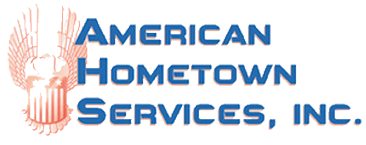Water damage can happen in your home anytime and can be a nightmare to deal with. It can damage and destroy items that are valuable. Storm water may seem harmless, but it can be contaminated with raw sewage, dangerous chemicals and/or harmful bacteria and viruses that can transmit disease to you and your family. The water that damages your home after a pipe breaks, a toilet overflows, the dishwasher leaks or your roof leaks can also be harmful.
Standard Water Damage Category Reference Guide
Category 1- This is clean water that comes from a sanitary source, like a sink that has overflowed, failed supply lines to appliances or rainwater that has fallen vertically.
Category 2- This is gray water that comes from a source that can make you sick if you were to ingest it, like a dishwasher, washing machine or a toilet tainted with urine that has overflowed.
Category 3- This is black water and is the worst type of water to damage your home. It can cause you to become severely sick if ingested. It comes from sewer backups such as when a toilet that is feces-tainted has overflowed or flooded rivers.
Types of Water Damage Classes
There are also classes that come with water damage. These classes are determined by the rate of evaporation. This is based by which materials have been affected.
Class 1 is a very slow rate of evaporation. The affected area of the room is small, and materials are lightly saturated.
Class 2 is a fast rate of evaporation. Most of or all of the room is affected, and materials are heavily saturated.
Class 3 is a rapid rate of evaporation. The whole room is soaked; ceilings, floors, walls, and materials.
Class 4 is when affected areas and materials are more difficult to get to. These areas include attics or crawlspaces and materials like engineered hardwood floors.
How to Treat Water Damage
The way water damage is taken care of will all depend on the type of water and how much of it invaded your home, but the steps are generally the same.
Step 1- Aggressive cleaning. The first step is to pressure wash all wall cavities and surfaces that were affected with a detergent solution. Any items that can be salvaged will be flushed thoroughly and disinfected.
Step 2- Moisture detection. It can be impossible to see all water damage with the naked eye. If water is trapped in structural cavities it will need to be detected with the right equipment. This equipment will mitigate odors, prevent mold growth and minimize damage.
Step 3- Fast structural drying. Drying the structure as quickly as possible is the best way to prevent mold growth that can start to grow in as little as 24- 28 hours, and life can get back to normal more quickly too.
Flood Damage Restoration; Water Extraction, Drying, Cleaning, Deodorizing, Home Remodeling & More for Your Business in Quincy, Macomb, Hamilton, Warsaw & East Alton Illinois | Hannibal, Missouri
Don’t just assume that your home and your belongings are beyond hope after water damage has occurred. With the right help, your home can be cleaned, dried, and rebuilt sooner than you think. The professionals at American Hometown Services are trained in all water damage restoration services to get your home back to pre-flood condition or remodel to look and function ever better! Give us a call today.




